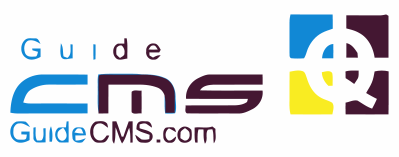Python is a versatile, widely-used programming language suitable for a range of tasks, from web development to data science, artificial intelligence, and more. Created in 1989 by Guido van Rossum, Python was designed to be simple and easy to understand, making it an excellent choice for beginners. It is free and open-source, allowing anyone to use and modify the source code. Python also benefits from a large community of users and developers who actively contribute to its evolution and provide continuous support through forums and online resources
Advantages of Python:
- Simplicity and readability: Python uses a clear and intuitive syntax that boosts productivity by allowing developers to focus more on solving problems than on managing syntax.
- Large library ecosystem: Python offers a wide array of libraries, such as Django and Flask for web development, NumPy and Pandas for data manipulation, and TensorFlow and scikit-learn for AI and machine learning
- Portability: Python is compatible with many operating systems, allowing code to be written once and run on multiple platforms without major modifications
- Open-source and free: Python is free and comes with an open-source license, allowing developers to create custom versions and share their work
- Large community and support: With its large user base, it is easy to get help or advice from the Python community
Disadvantages of Python:
- Execution speed: Python is an interpreted language, which means it can be slower than compiled languages like C or Java. This may be a disadvantage for applications requiring high performance
- Memory consumption: Python’s data structures can be memory-intensive, making it less suitable for systems with limited resources
- Less suitable for mobile applications: Python is not the best choice for mobile app development, although tools like Kivy can make it possible
- Performance limitations for certain tasks: While Python excels in many areas, it may be less performant for applications requiring heavy computation or real-time processing
Technologies Used:
- Interpreted: Python is executed by an interpreter, allowing flexibility in development but potentially leading to performance limitations
- Dynamically typed: Python does not require the developer to declare variable types, simplifying the code but potentially leading to runtime errors
In summary, Python is an extremely popular and powerful language, particularly suited for automation, web development, data analysis, and AI, with the added benefit of its simplicity and extensive ecosystem. However, it does have notable drawbacks in terms of performance for certain specific applications.



